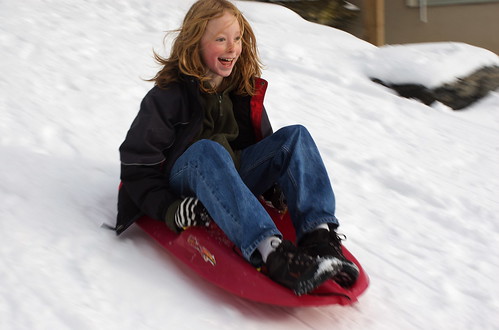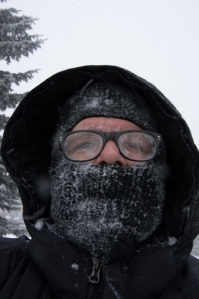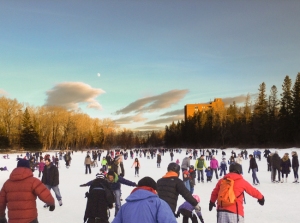Just about every week, someone will tell me that they really value their personal connection with nature but they also tell me just how busy they all are. It’s been ages since I’ve posted anything on here and I thought that it was a good time to give some ideas around connecting with nature in your own backyard.
Explore Parks near you: Canada is filled with natural spaces and chances are there will be one close to you. It might be a National Park like Banff or Rouge, or even an overgrown patch of dirt around the corner, but there will be something nearby.
Observe Wildlife: Seek out Canada’s diverse wildlife in their natural settings, from coastal marine life to the large mammals of the northern forests. I always like using apps like iNaturalist as a way of tracking what I’ve seen.
Easy Nature walks: My daughter and I love going to our favourite secret path in the woods for a nice walk. It’s just a pathway in between houses with a bunch of trees around it, but to us it’s magical. There are places like this in every city and community. I like to look at google maps to find places to go explore but just going for a walk in your neighbourhood can help you find something.
Paddle the Waters: I’m always a huge fan of canoeing, and you can rent canoes in just about every community across Canada. Last summer, I noticed that you could rent light up inflatable kayaks in a few cities and I’m excited to check that out this summer.
Camping: Connect with the wilderness by camping close to home. That could be a campground, a backyard or even a cabin somewhere.
Eco-Friendly Participation: Engage with the environment through activities like conservation programs or local clean-up initiatives. I’m obviously a fan of the stuff that we do at work, but there are great choices with local organizations nearby.
Nature Photography: Capture the essence of Canada’s outdoors through photography, documenting the shifting seasons and diverse ecosystems.
Engage with Seasons: Participate in activities that are specific to the Canadian seasons, like winter snow sports or summer lake activities. I love jumping and crunching in the leaves in the fall, reading outside in the summer and watching my daughter explore a little bit of our backyard in the winter.
Night Sky Observations: Seek out areas with minimal light pollution to marvel at the star-filled skies, especially in designated Dark Sky Preserves. It often doesn’t take much in the way of driving to find someplace that’s dark. Right now, with us near the top of the sunspot cycle, we’re lucky enough to see the northern lights a couple of times a year. I can often see them from my backyard, so if you’re outside in the the evening, don’t forget to look up!
Study Local Ecosystems: Increase your appreciation for Canada’s natural beauty by learning about the specific flora and fauna in different regions. Every part of Canada has some pretty amazing wildlife and I love sharing what I learn with my kids and figuring out just what they’ve learned. It’s pretty fun and we try to keep track as we go!
Hopefully I’ve shared at least a few interesting ideas for you and I hope that I’ve inspired you to get outside this week! I’ll try to get back into the swing of putting something to paper more often here as well. I hope that you like it!





